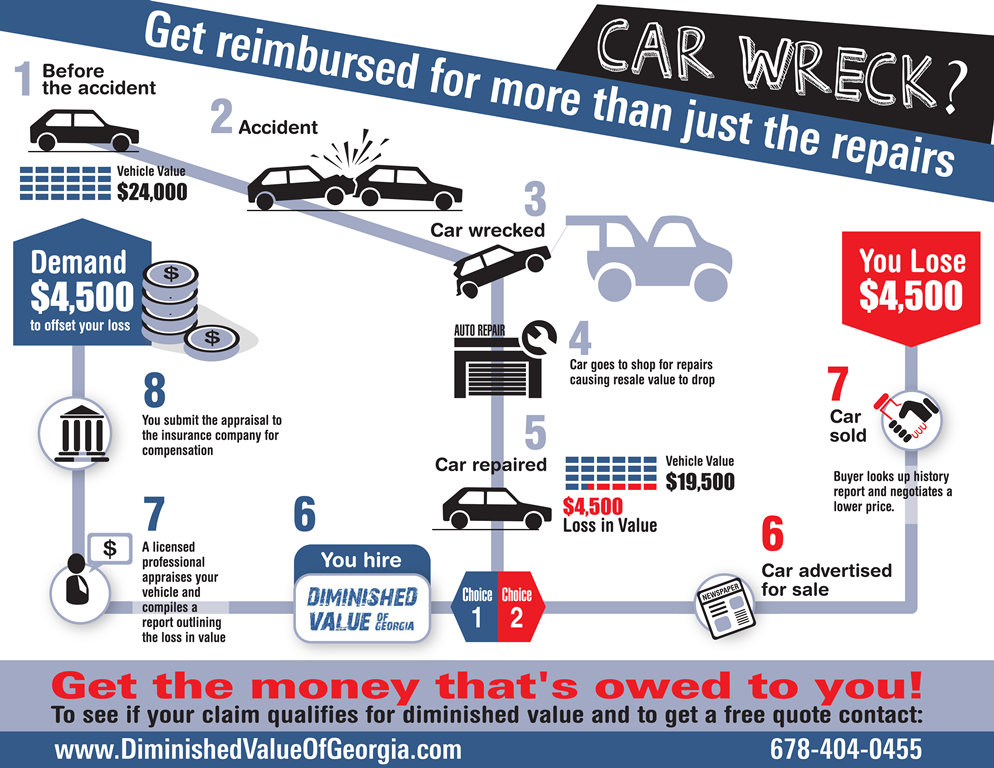Curious Regarding Those Control Panel Caution Lights In Your Automobile? Find Out What They Mean For Your Vehicle'S Health And Wellness
Curious Regarding Those Control Panel Caution Lights In Your Automobile? Find Out What They Mean For Your Vehicle'S Health And Wellness
Blog Article
Material Develop By-Justesen Bishop
When you're behind the wheel, those glowing warning lights on your control panel can be a bit difficult. Do you understand what they're trying to inform you about your automobile's health and wellness? Recognizing the value of these lights is important for your security and the long life of your car. So, the following time among those lights pops up, would not you wish to decode its message accurately and take the essential steps to resolve it?
Common Warning Lighting and Interpretations
Determine typical caution lights in your auto and comprehend their definitions to make sure secure driving.
The most typical warning lights consist of the check engine light, which signals problems with the engine or emissions system. If this light comes on, it's crucial to have your lorry inspected quickly.
The oil stress advising light indicates reduced oil stress, requiring instant focus to prevent engine damages.
A flashing battery light could recommend a defective billing system, possibly leaving you stranded if not addressed.
The tire stress tracking system (TPMS) light notifies you to low tire stress, influencing car security and fuel performance. Overlooking https://ecu-tuning-near-me39505.blogofchange.com/28209746/failing-to-stick-to-regular-maintenance-routines-might-cause-costly-repairs-and-jeopardize-your-security-while-driving-find-the-importance-of-staying-positive-in-this-issue can result in hazardous driving conditions.
The abdominal light indicates a trouble with the anti-lock stopping system, compromising your ability to stop rapidly in emergency situations.
Last but not least, the coolant temperature level alerting light warns of engine overheating, which can lead to extreme damage if not dealt with promptly.
Recognizing these typical caution lights will aid you deal with concerns promptly and keep safe driving conditions.
Value of Prompt Attention
Comprehending the usual warning lights in your car is just the initial step; the relevance of without delay resolving these warnings can not be stressed enough to guarantee your security on the road.
When a caution light brightens on your dashboard, it's your cars and truck's method of communicating a prospective issue that needs attention. Ignoring https://www.claimsjournal.com/news/national/2021/10/18/306563.htm can bring about more extreme issues later on, compromising your safety and potentially costing you much more out of commission.
Motivate attention to advising lights can prevent malfunctions and mishaps. For example, a blinking check engine light might indicate a misfire that, if left ignored, can create damage to the catalytic converter. Addressing this quickly can conserve you from a costly repair service.
Likewise, a brake system alerting light could indicate reduced brake fluid or used brake pads, critical parts for your safety when driving.
Do It Yourself Troubleshooting Tips
If you notice a warning light on your control panel, there are a few do it yourself repairing ideas you can try prior to looking for expert assistance.
The very first step is to consult your auto's guidebook to understand what the specific warning light suggests. In some cases the issue can be as basic as a loosened gas cap triggering the check engine light. Tightening up car ac repair kit may fix the issue.
An additional common problem is a reduced battery, which can trigger various warning lights. Checking the battery links for deterioration and ensuring they're secure may deal with the trouble.
If a caution light persists, you can try resetting it by separating the cars and truck's battery for a few minutes and after that reconnecting it. Furthermore, examining your vehicle's liquid levels, such as oil, coolant, and brake liquid, can aid fix advising lights associated with these systems.
Conclusion
Finally, recognizing your car's warning lights is necessary for maintaining your vehicle running smoothly and securely. By promptly addressing these signals and understanding what they imply, you can stay clear of pricey repairs and potential breakdowns.
Remember to consult your vehicle's handbook for specific information on each advising light and take action as necessary to guarantee a hassle-free driving experience.
Stay informed, remain risk-free when driving!
